Who could get it originally in the past? and who can get now?
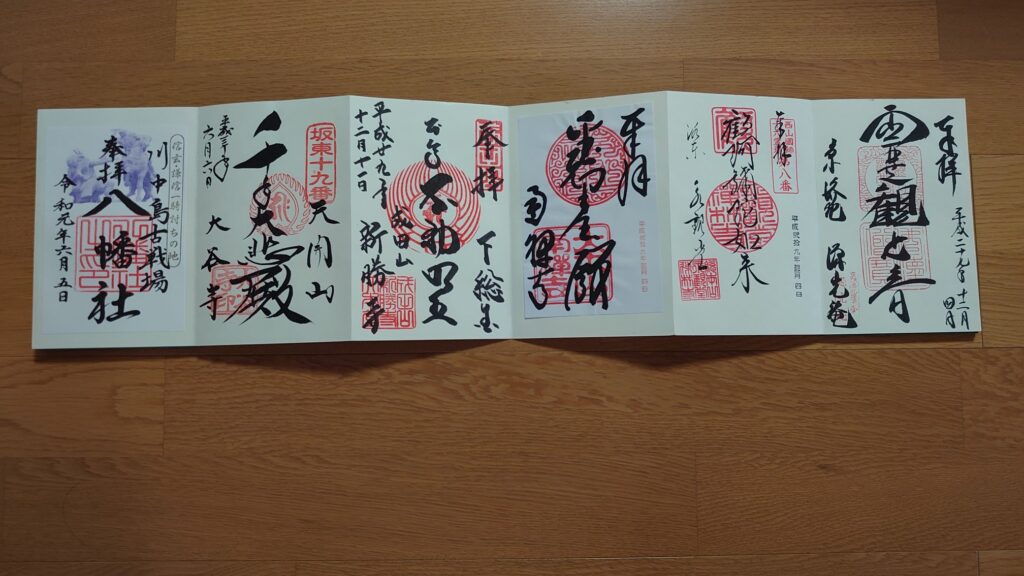
SHUIN 朱印 or GO 1 SHUIN 御朱印 is the certificate of one’s visit to a Buddhist temple or Shinto shrine with offering prayer, on which the dark orange seal is stamped with the name of the principal image of the temple or the name of shrine written in the calligraphic style. Usually, it is stamped on the designated notebook of accordion style called “SHUIN-CHOU 朱印帳.” If you can know more about Shuin’s history and its meaning, your understanding about Japanese culture and thinking deepen.
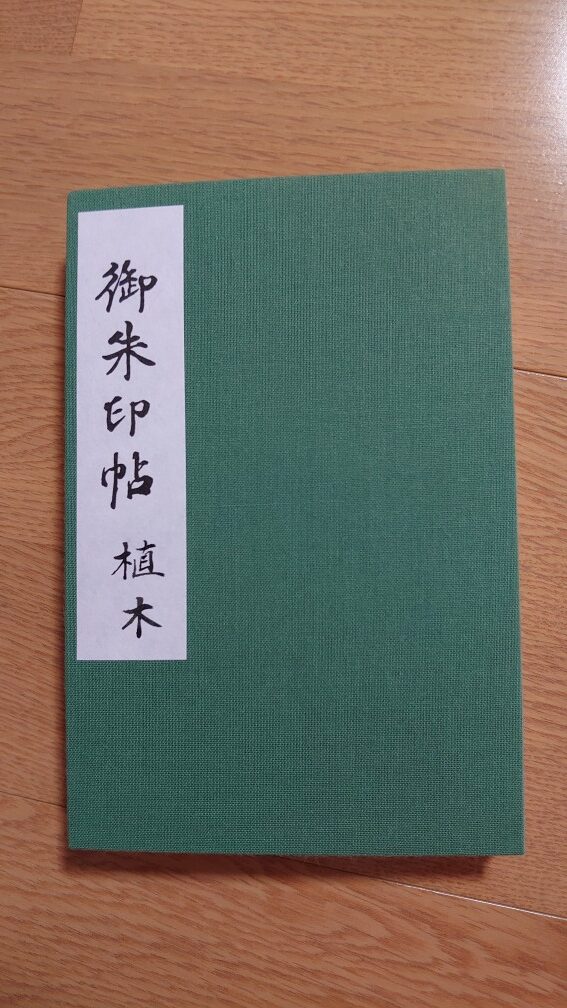
Originally, collecting SHUIN朱印 on the occasions of visiting Buddhist temples or shrines was the quite religious custom of people who believed in Buddhism or Shinto, and recently SHUIN朱印 has become popular among even ordinary Japanese including young people as well as foreign tourists. For non-Japanese especially European and American people, as the design of combination with dark orange SHUIN朱印 and black lettering in the calligraphy style looks very special and Japanese, it could be one of their best commemorative items of their trip to Japan.
More recently, SHUIN朱印 becomes, for some people including Japanese, a just commemorative stamp like the one being able to obtain at stations or sightseeing spots, but I hope them to know about the whole story of SHUIN朱印 shown below and to understand Japanese life and mind through the action for SHUIN朱印.
- “GO” of “GO-SHUIN” is Japanese prefix meaning polite expression. You can use both SHUIN and Go-SHUIN but here I use SHUIN. ↩︎
The Japanese words of “朱印”
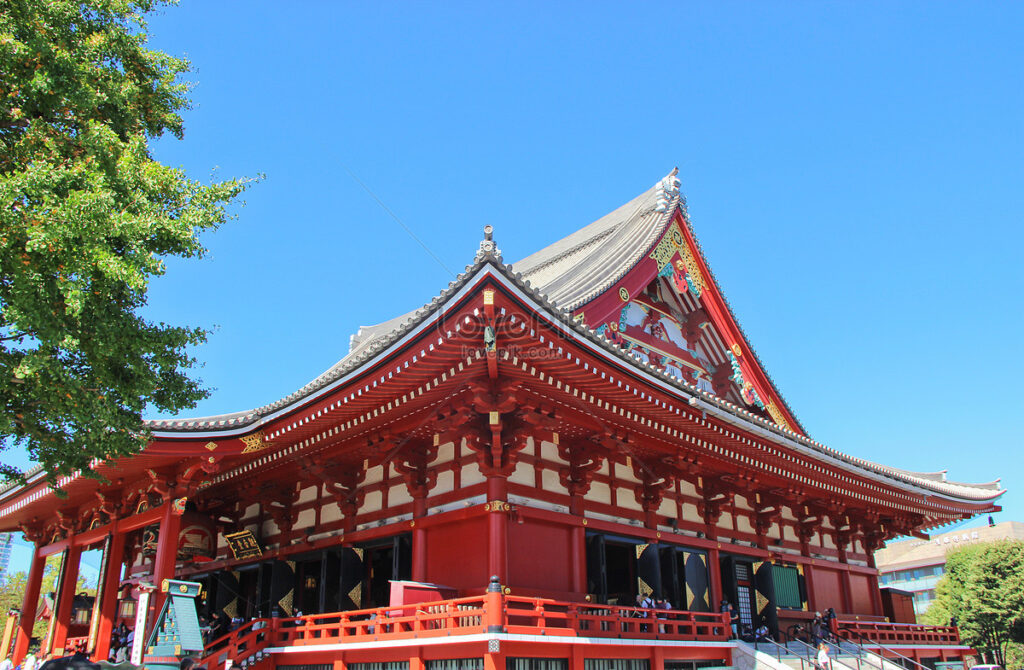
“SHUIN朱印” of Japanese consists of two kanji, “朱:shu” and “印:in”, the former is “color of dark orange” seen on the buildings of Buddhist temples and on the torii of shrines, the latter is seal, so “朱印 : Shuin” is “dark arrange seal.” There are, in general, two sorts of SHUIN朱印. The one, I am talking, is the evidence of visit and pray at Buddhist temples or Shinto shrines, and please note that there is another meaning showing certification of the document of samurai government having been used from SENGOKU-JIDAI (warring era) to Edo era, from early 16th century to late 18th century, in Japan. “SHUIN朱印” had been putting on the official document for being certified by the authority of samurai, worrier. I touch it at the end of this article.
The Derivation
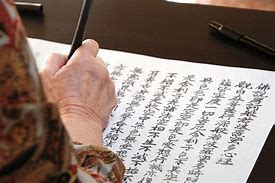
While there is no clear evidence of derivation of SHUIN朱印 which you can now receive at Buddhist temples, it is considered as the origin that in the late HEIAN Era to early KAMAKURA Era(12th century), pilgrims of sixty-six-holy-site六十六霊場巡礼 in Japan with devoting the transcription of sutra could receive the documents with the chop as the certificate, SHUIN朱印, and this custom had led up to the current style of SHUIN朱印. Transcription of long sutra by hand with mental concentration and pilgrimage to the temples located in remote area were the Buddhist spiritual exercise and, as we can easily imagine, very hard at that time. Therefore receiving SHUIN朱印 was done by only among Buddhist disciplinant at the beginning of its history.
Later in the Edo Era (17th to 19th ) SHUIN 朱印 became a custom of pilgrims of common people thanks to the major roads development but still devoting of transcription of sutra was required for receiving SHUIN 朱印. The notebook for SHUIN 朱印 stamped on was called “NO-KYO-CHO 奉経帳, notebook for devoting transcription of sutra” because of its necessity. Another small chop or writing of “奉納大柳経典, dedication of Buddhism sutra”, and now “HOU-HAI 奉礼, worshipping with respect” shows the derivation of SHUIN 朱印.
Knowing the history, please treat nicely with respect
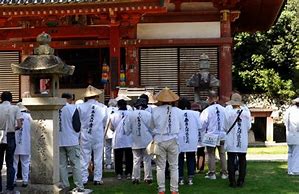
As explained above, Shuin was originally given to the Buddhists as evidence of visiting temples and their devoting the transcription of sutras, and through the ages it had become general to ordinary people due to the spread of Buddhism among them, and currently it has been widely accepted by a variety of generation of Japanese with a light religious feeling as well as foreign tourists.
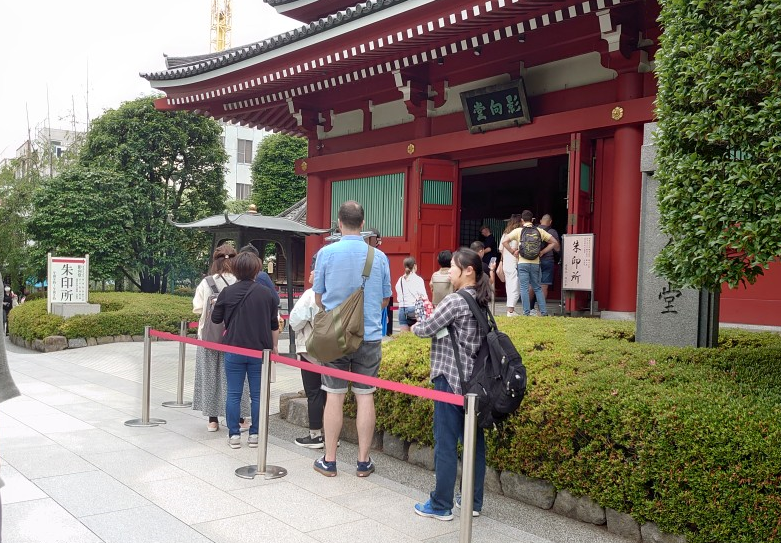
Knowing this history of Shuin, I would like not only Japanese but foreign tourists who line up at the reception desk of Shuin to treat them nicely with respect. SHUIN shuin is a reflector of the ordinary Japanese spirit inherited over many generations.
For your further understanding of meaning of”SHUIN朱印”, not to avoid misunderstanding, here is its another meaning.
The another meaning
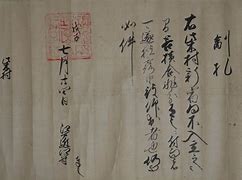
There is another meaning of SHUHIN朱印. In the SENGOKU JIDAI ( the age of warring period, 15th to 16th century), the chiefs of samurai holding the ruins of each territories used their own SHUIN朱印 put on the notification to their people. It is said that the first SHUIN-JYO朱印状, the notification with SHUIN朱印, in the Japanese history was issued by Ujichika Imagawa(今川氏親, 1471 – 1526), announcing exemption of a part of the tax. Later many of SENGOKU DAIMYO戦国大名, feudal load, in the age of warring, had come to issue SHUIN-JYO朱印状, and also Tokugawa Ieyasu(徳川家康, 1543 – 1616), the first Shogun of Tokugawa Shogunate granted the SHUIN-JYO朱印状 as permission of overseas trade, thus the trading vessels with SHUIN-JYO朱印状 was called “SHUIN-SEN朱印船( SEN means ship)”. Afterward, using SHUIN朱印 on their official document and letters had become popular in the Tokugawa Bakuhu徳川幕府 (Tokukgawa government) and among many Daimyo大名.
Summary
Shuin朱印 is a certificate of visiting Buddhist temple or Shinto shrine in Japan. It has a long history that was only BUddhist disciplinants in Heian and Kamakura period ( 12th century) could receive it and in Edo era (17th to 19th century) common people could get it by devoting transcription of sutra. And recently Shuin becomes very popular among ordinary segment of Japanese as well as foreign tourists as a memorial of their visit to temples
I hope all going to have Shuin to treat nicely and respectfully with understanding the derivation and the history.
Welcome your recommendation of the theme for next!
I may overlook some ordinary action which impress you or let you feel different, so if you want to know about any Japanese behavior or actions which make you interesting, please let me know. I try to analyze and post the story in this site.

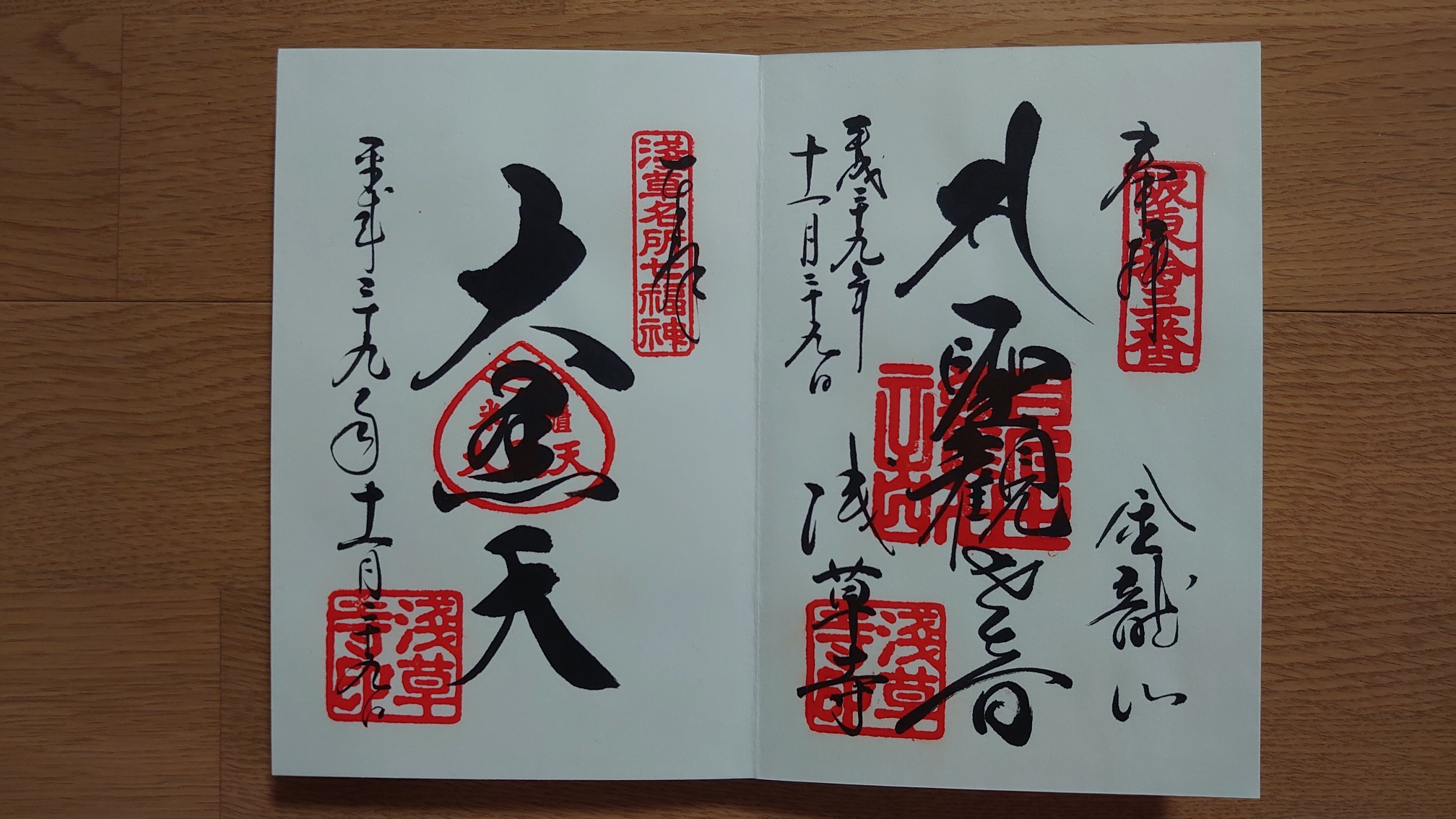
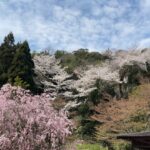
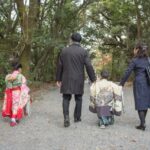




コメント